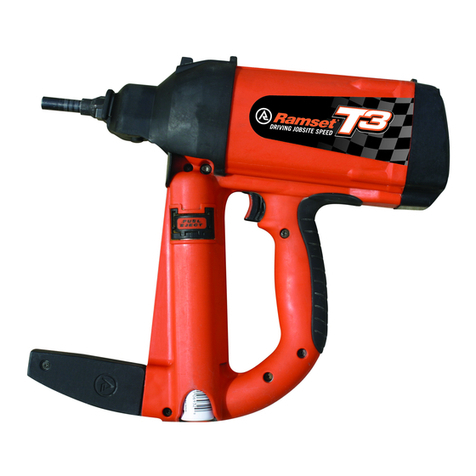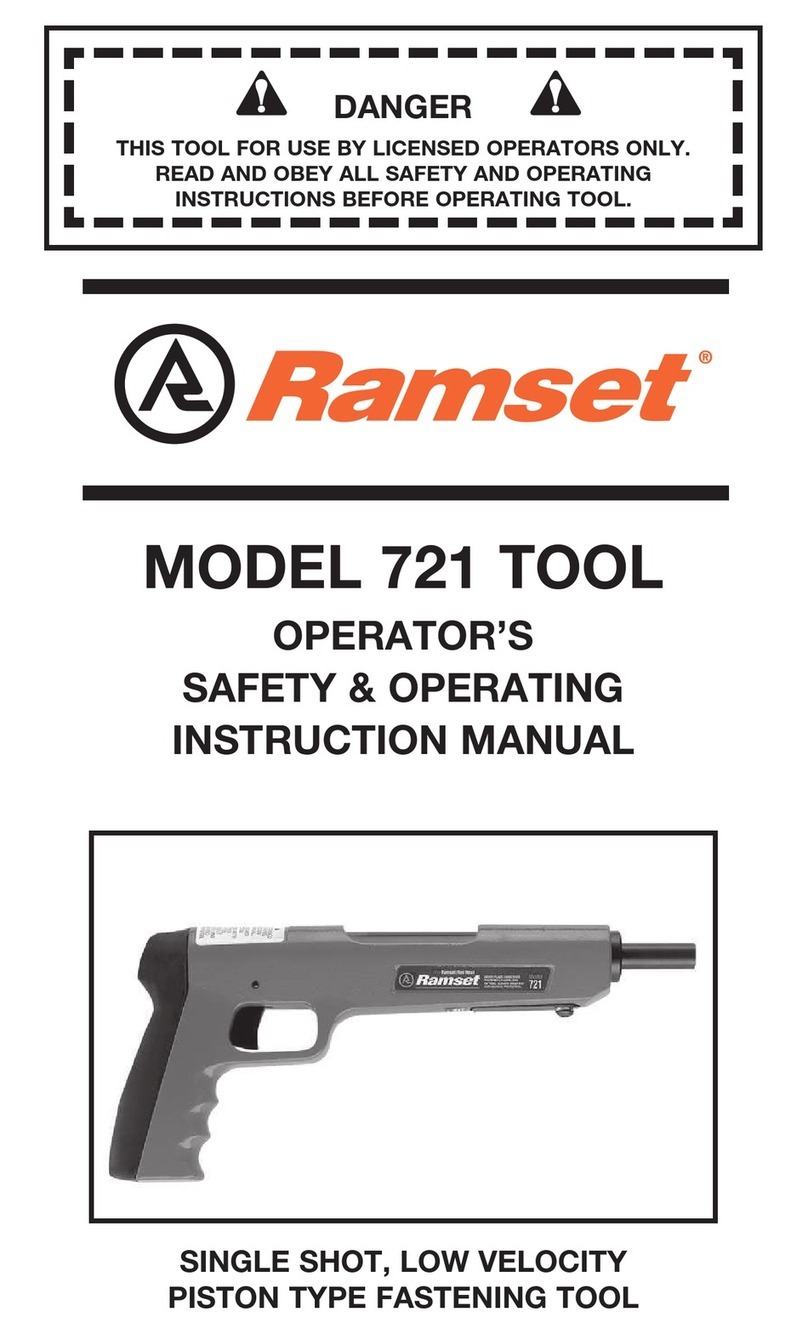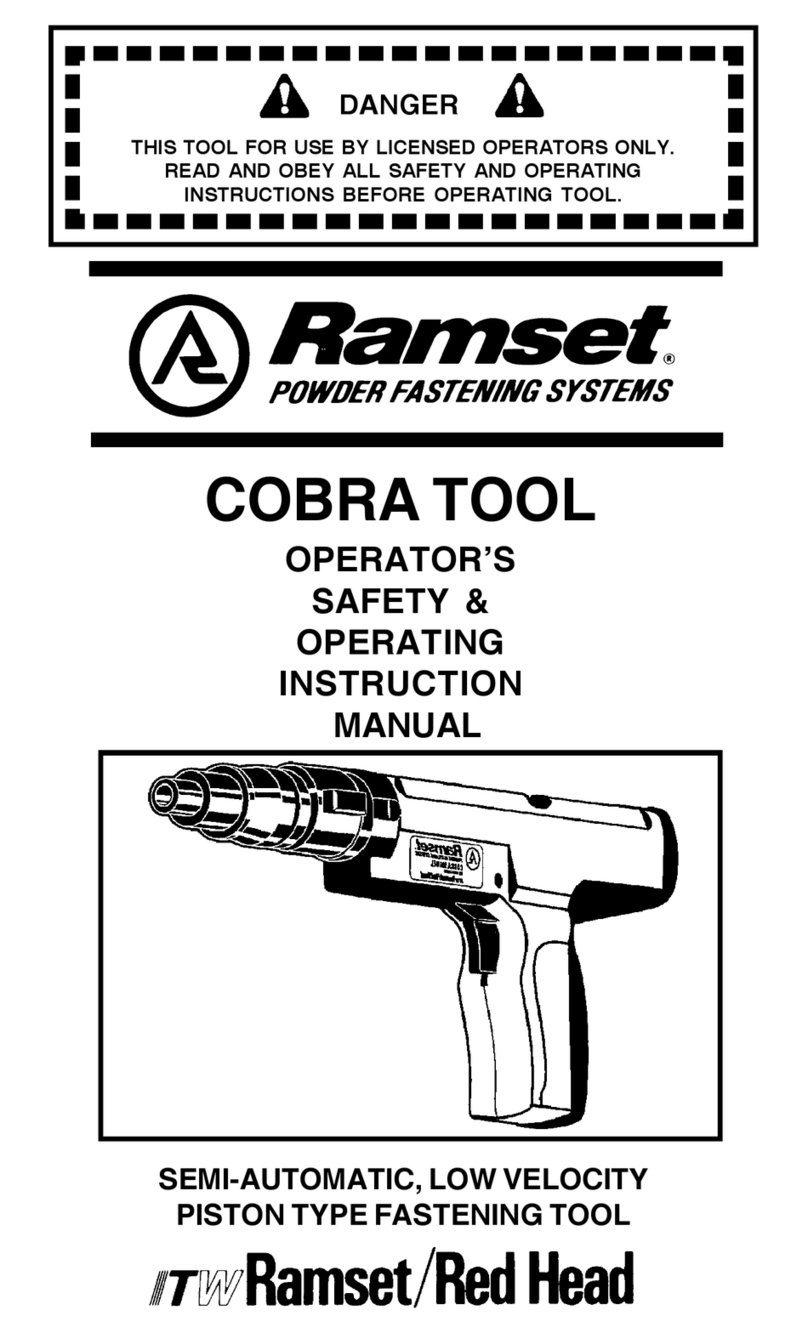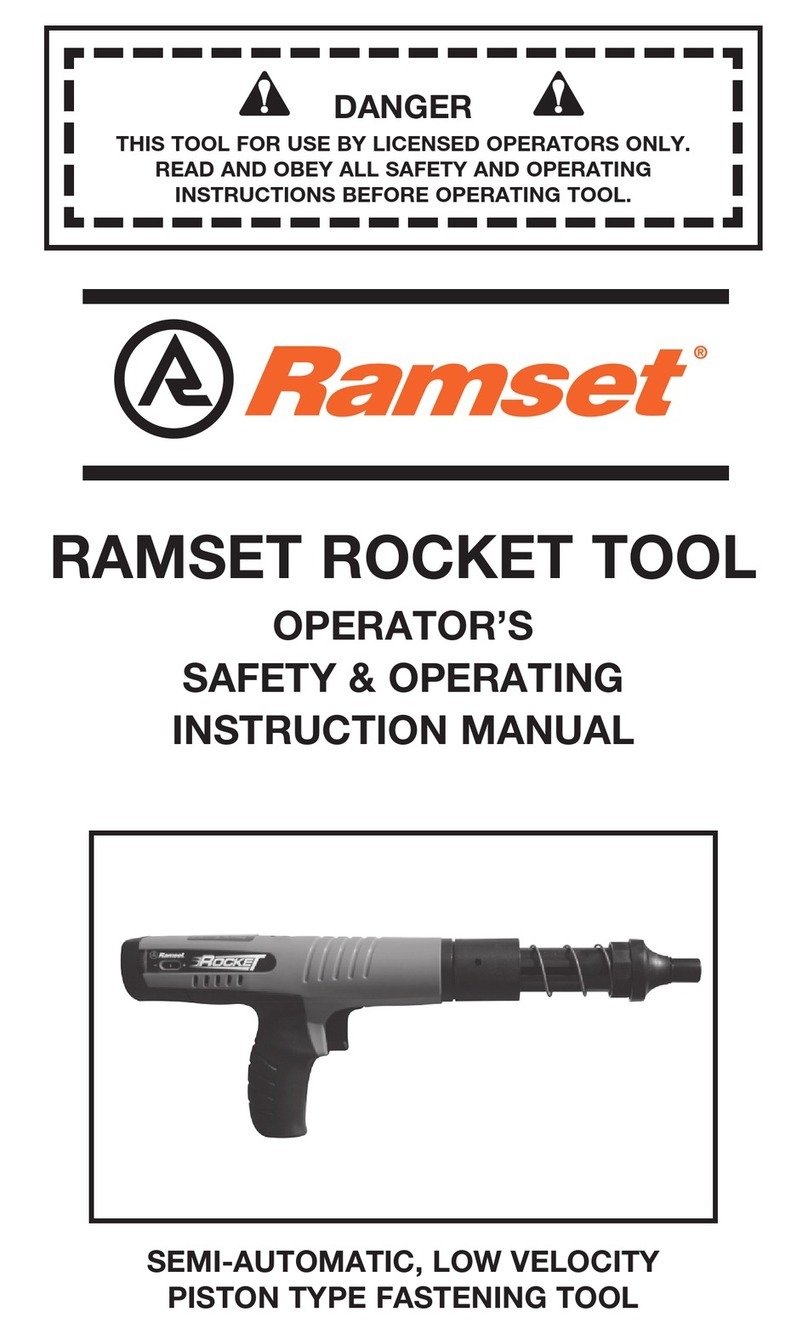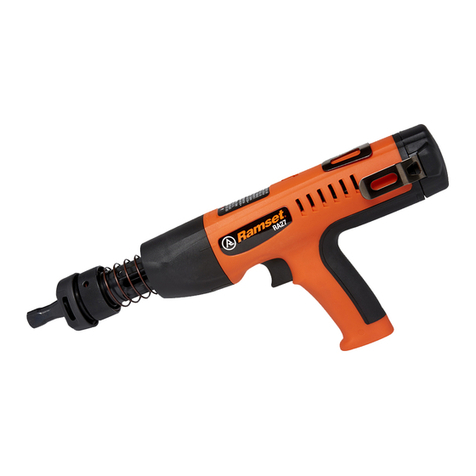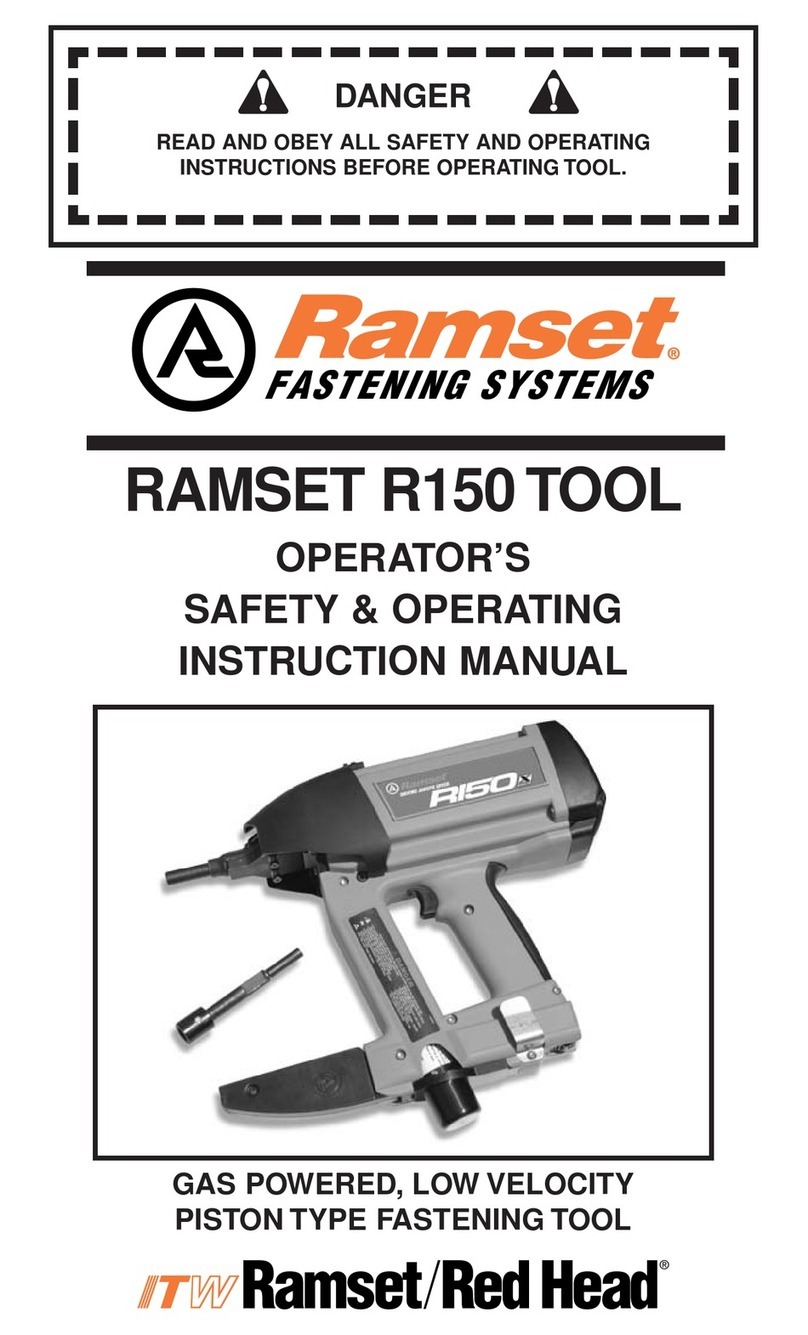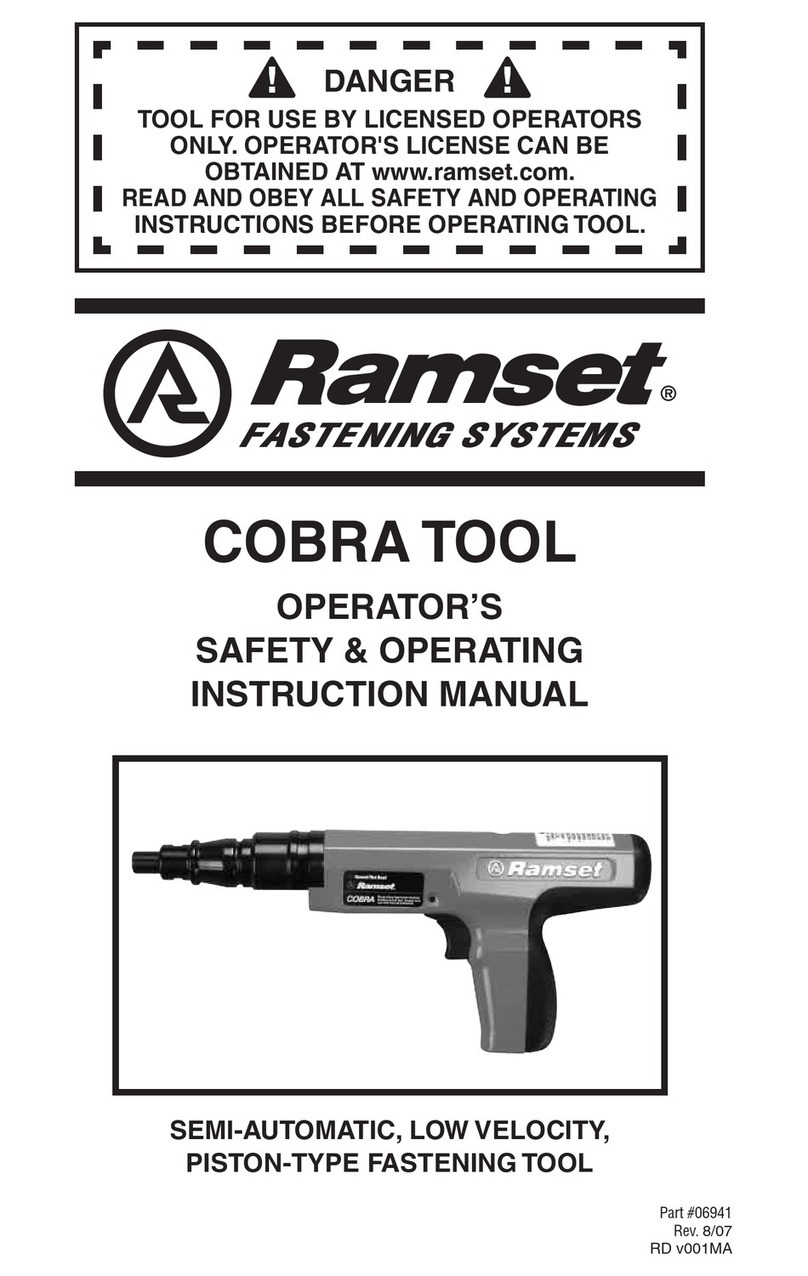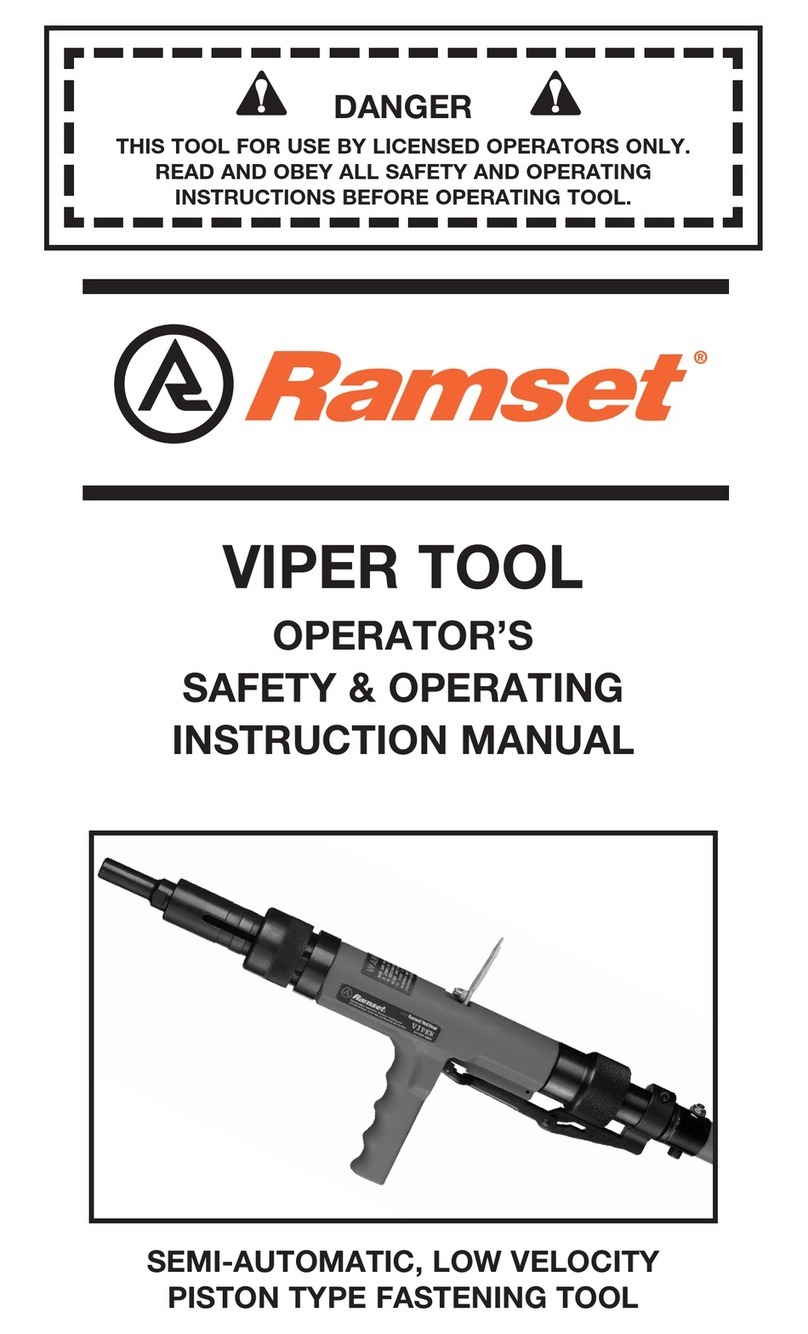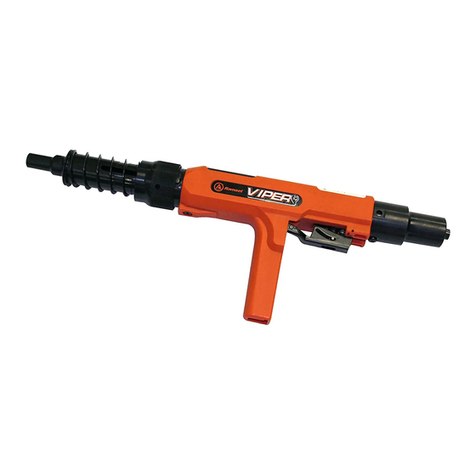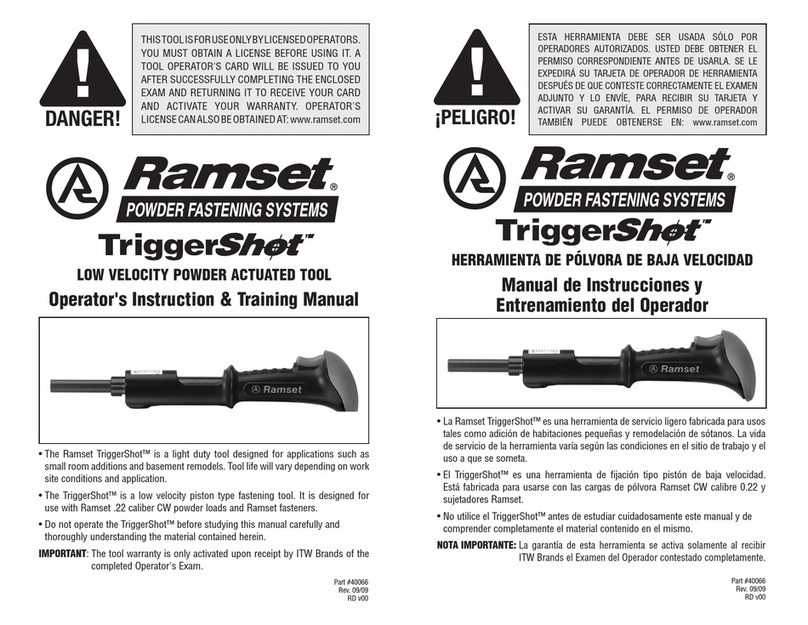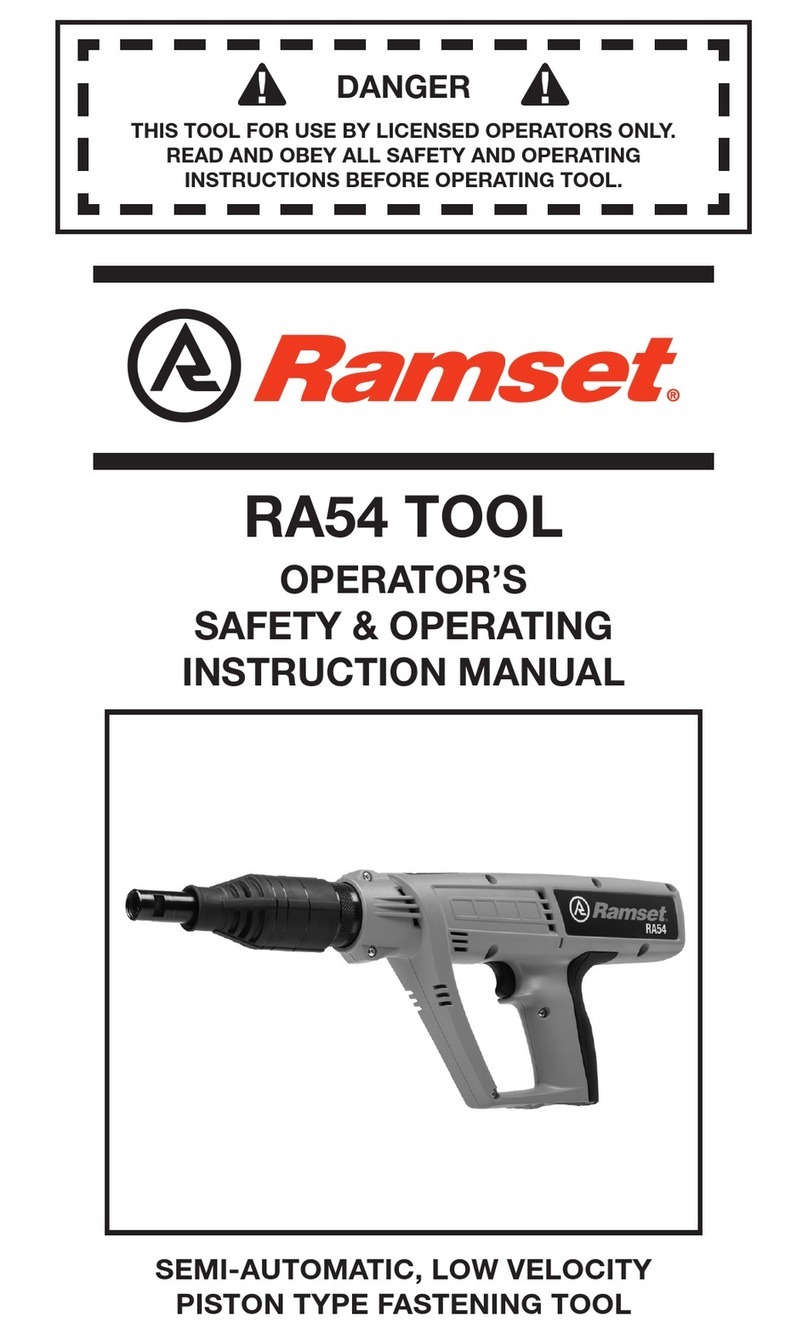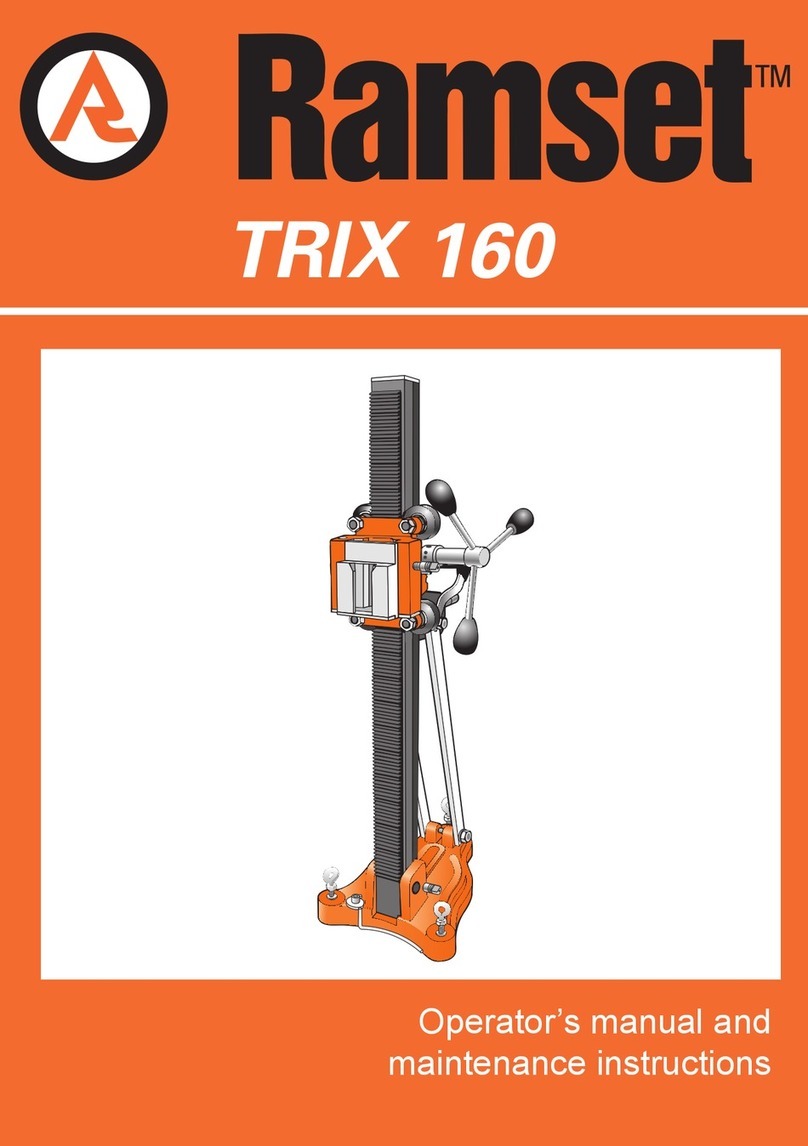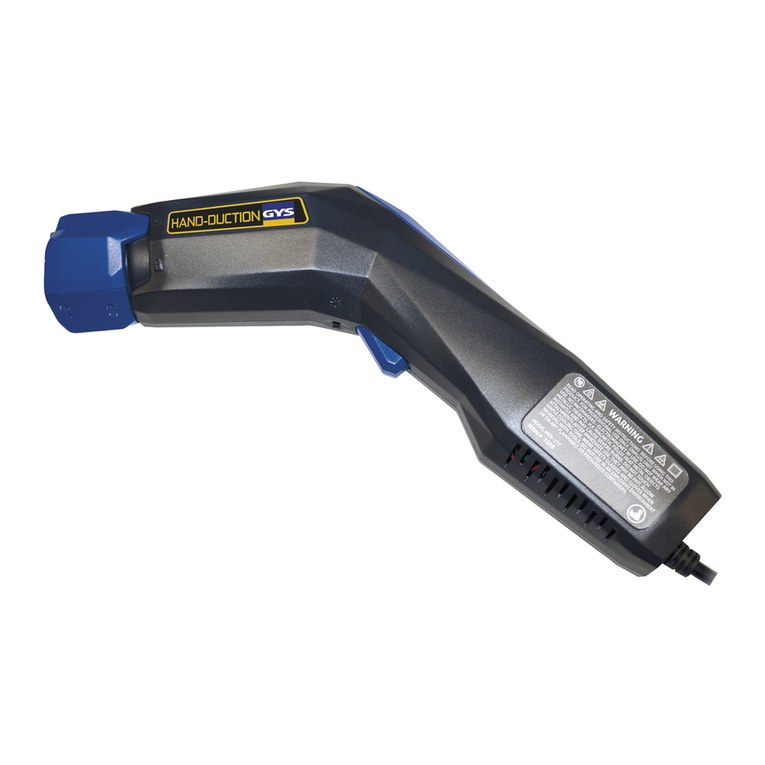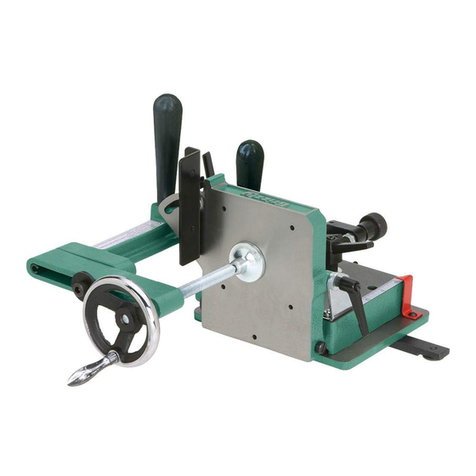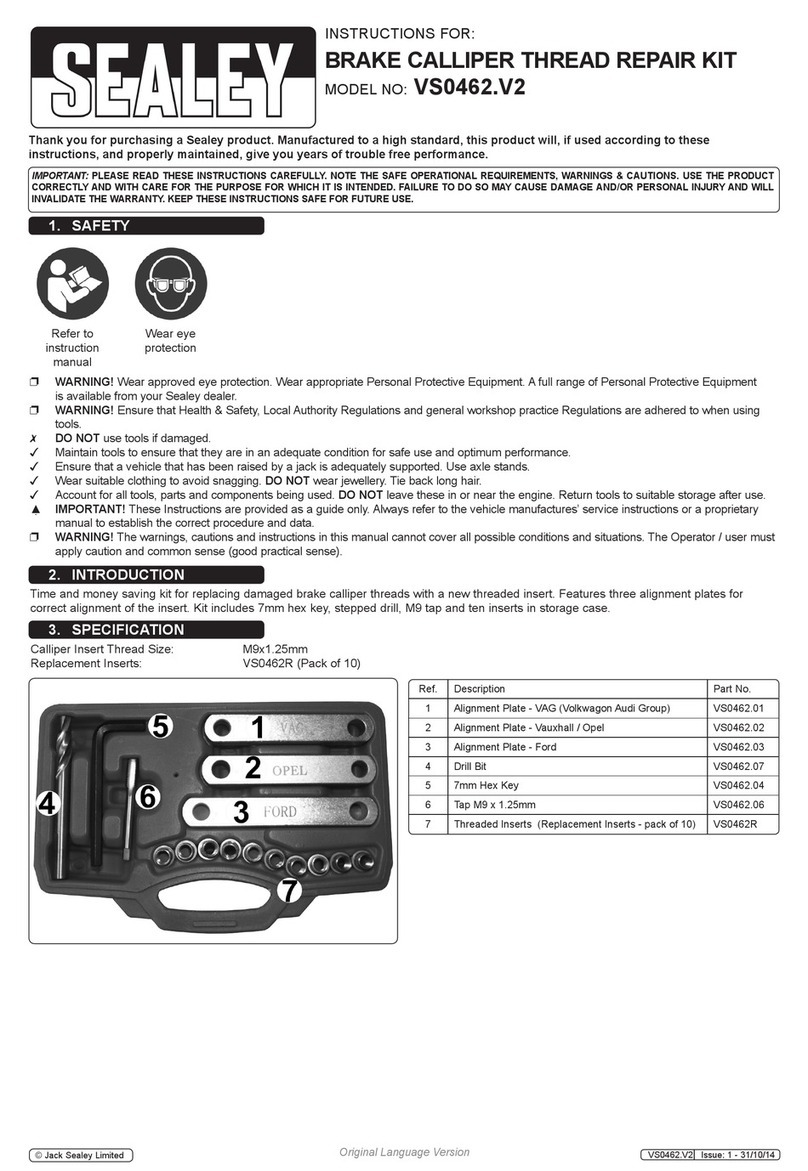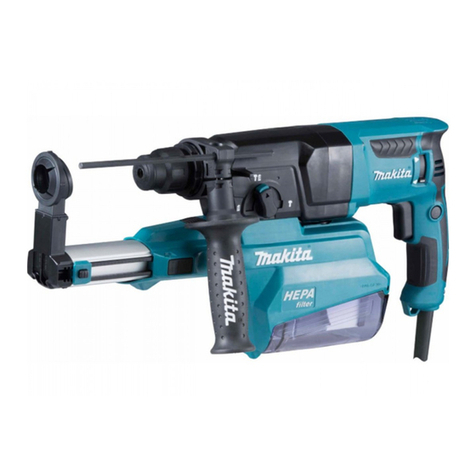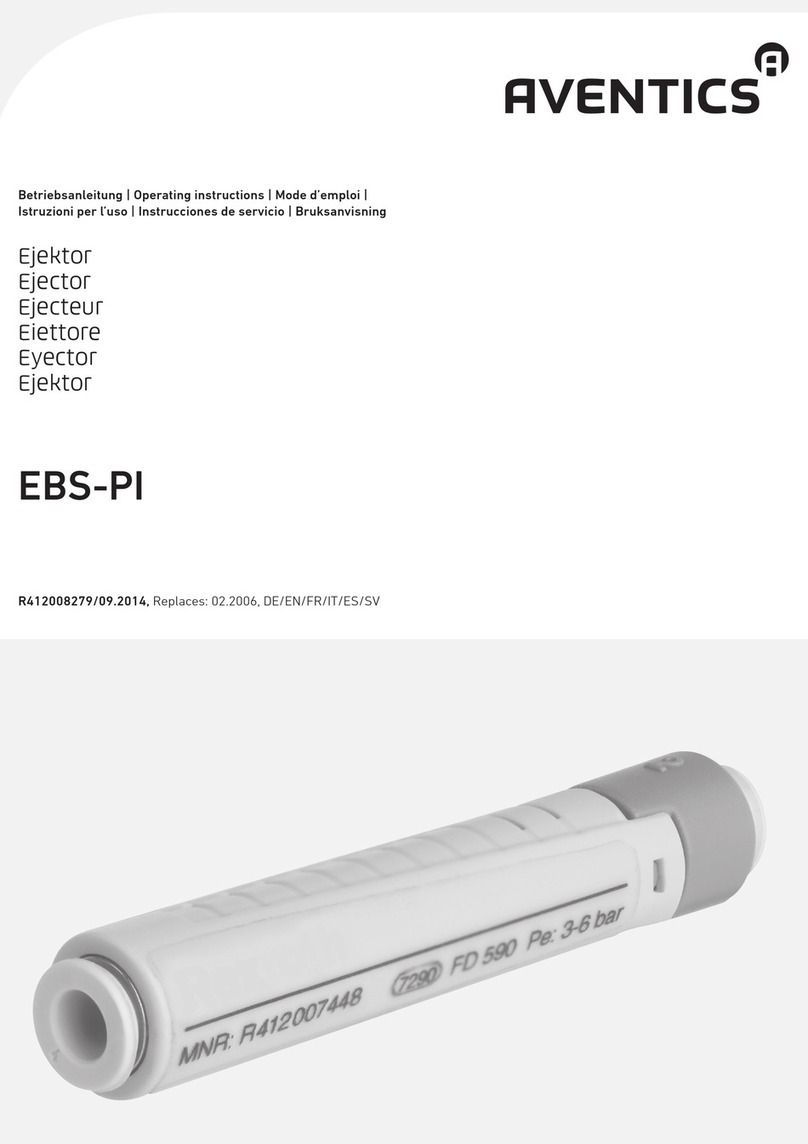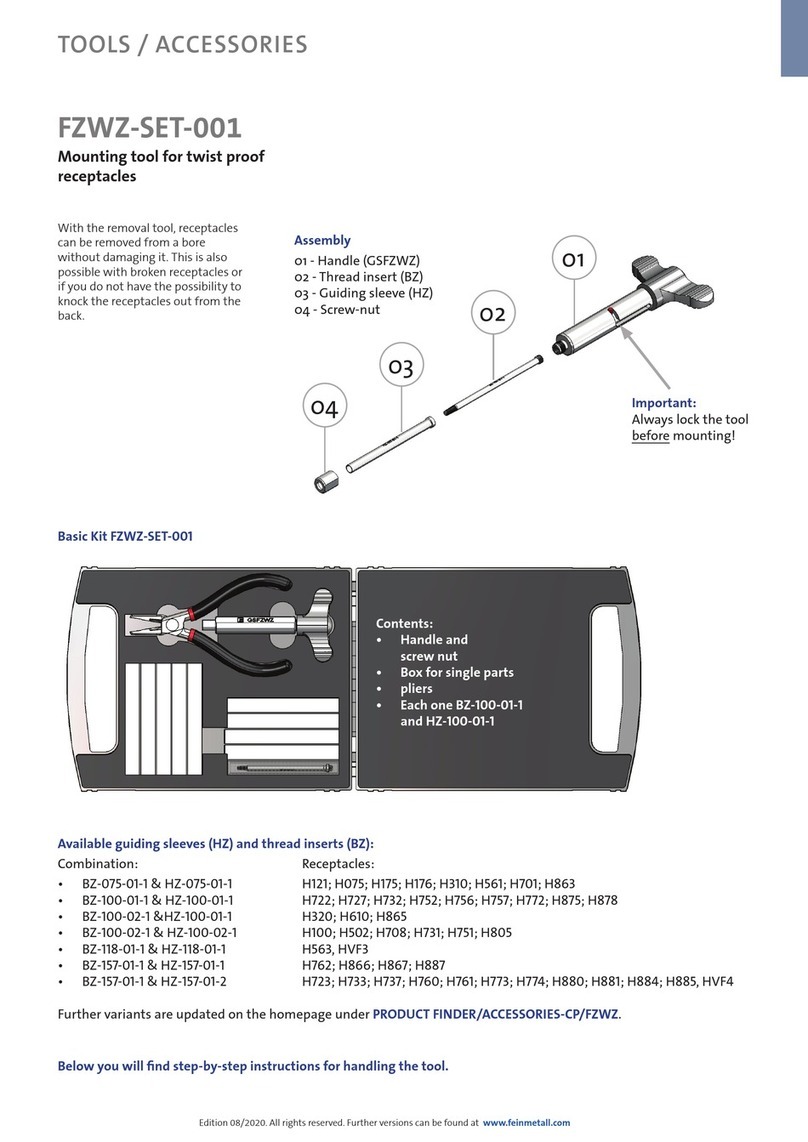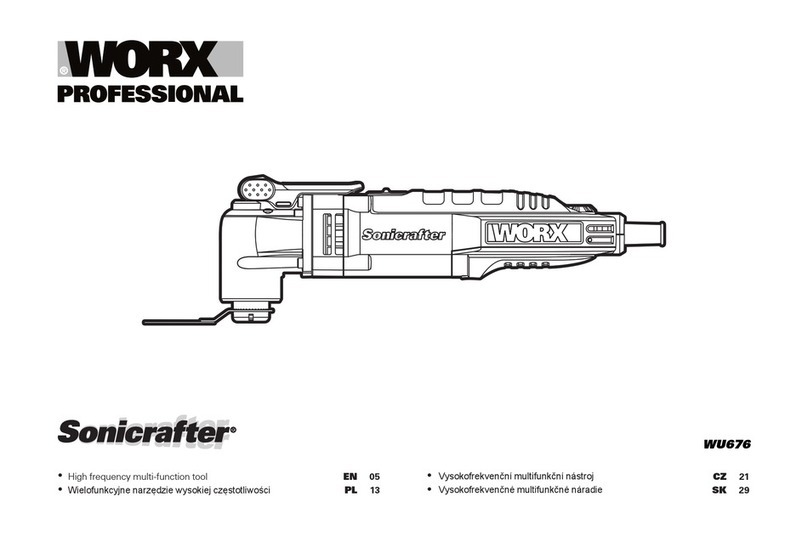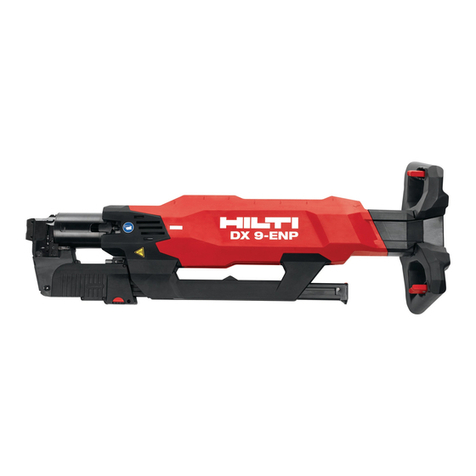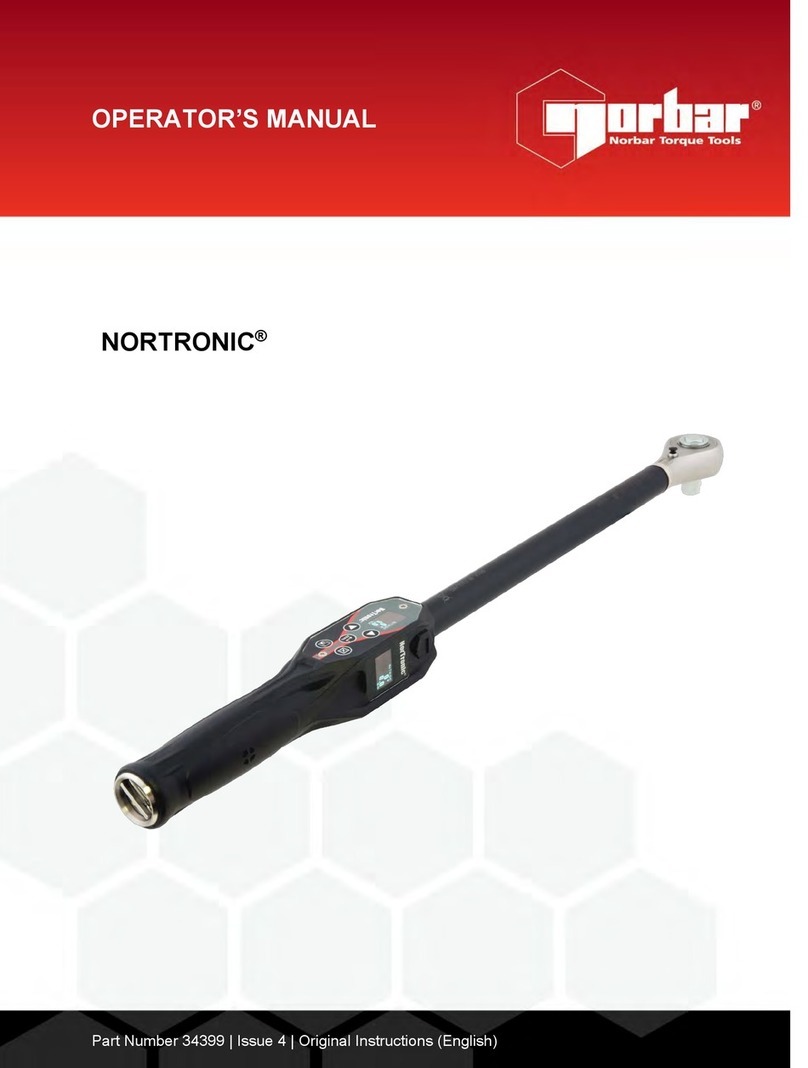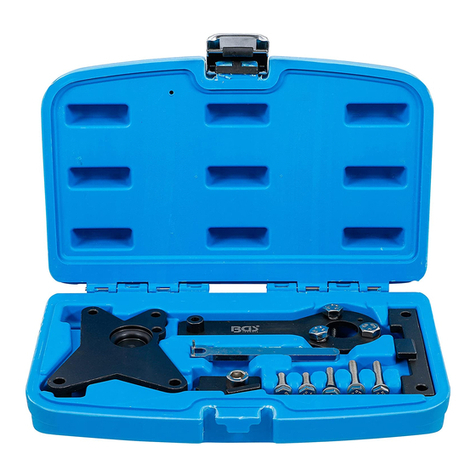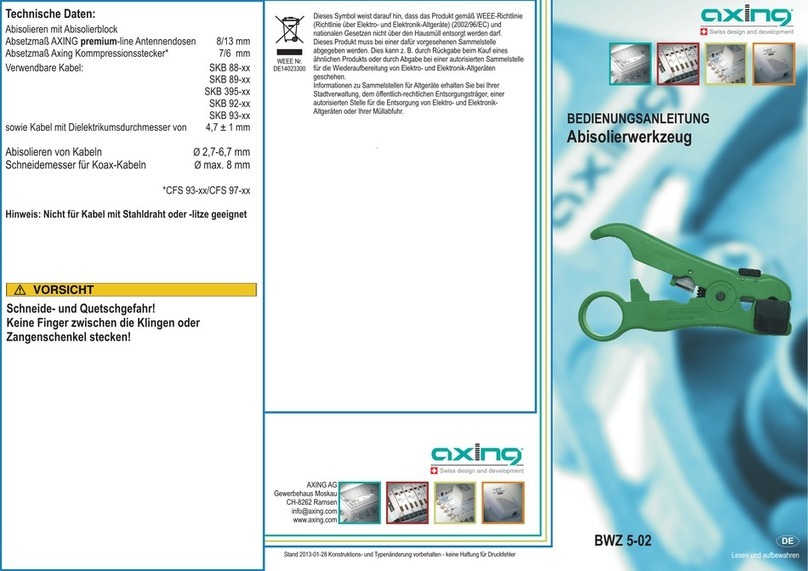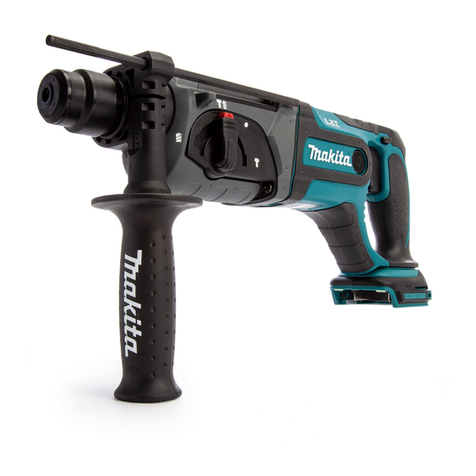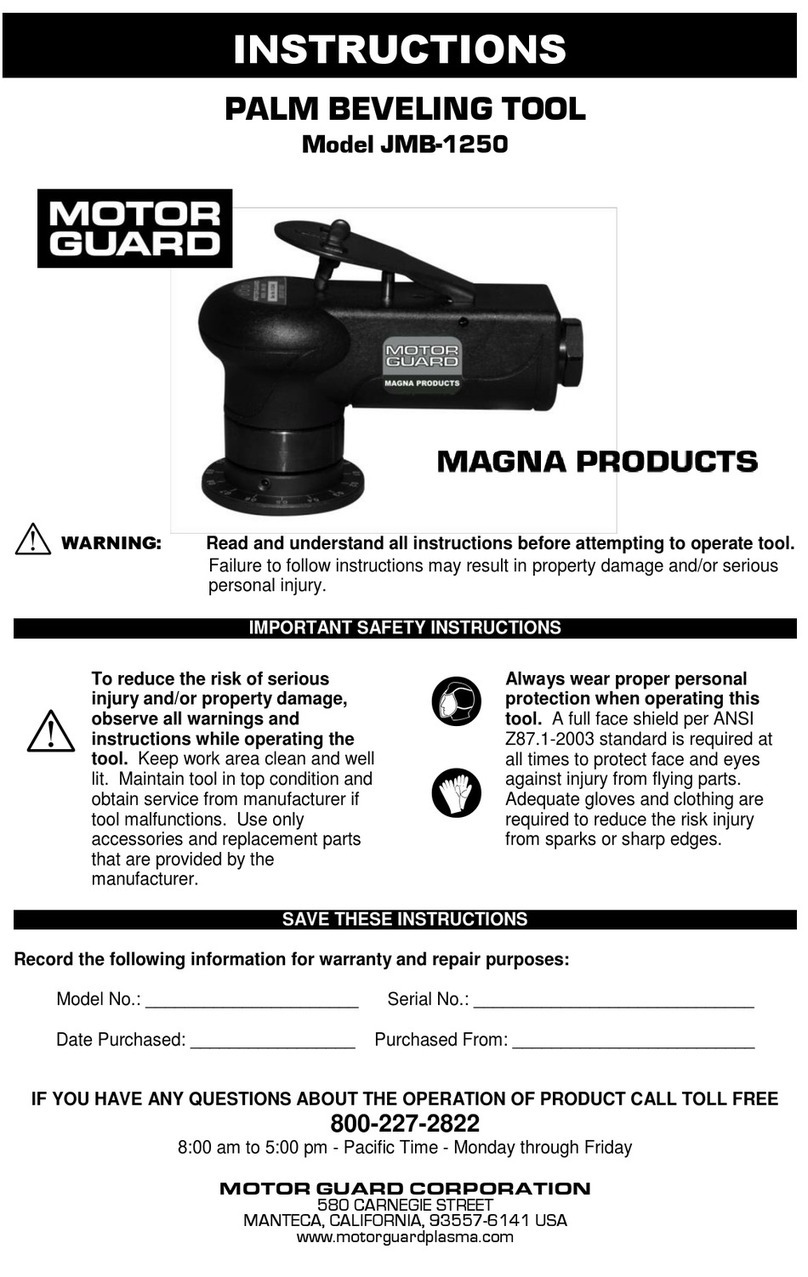
INSTRUCCIONES DE SEGURIDAD
ORGILEP 3
PELIGRO INSTRUCCIONES DE SEGURIDAD
Materiales de base aceptables
La gas
puede usarse sólo con los siguientes
materiales de
•Concreto vaciado
• Acero estructural
•Bloques de concretoy uniones
horizontales en paredes de ladrilo
y mampostería
Nunca intente fijar en otro tipo de material.
La fijación en otros materiales puede
ocasionar ceguera u otras lesiones graves.
Nunca intente fijar en materiales muy
duros o frágiles tales como acero fundido,
cerámica, vidrio o rocas de cualquier
tipo.
Estos materiales pueden romperse,
haciendo que los fragmentos del material
base y/o del elemento de fijación salten y
ocasionen lesiones graves al operador de la
herramientay a terceros.
Nunca fije en un material base que no
pase la prueba de Punzón de centro.
El nocomprobar la idoneidaddel material
basepuede ocasionar lesiones graves a los
ojos y a otras partes del cuerpo.
PRUEBA DE PUNZÓN DE CENTRO
SIEMPRE USE LA PROTECCIÓN PARA
LOS OJOS APROBADA AL REALIZAR
ESTA PRUEBA.
1. Siempre compruebe la dureza del
material a fijar antes de intentar
realizar la operación de fijación.
2. Utilizando un elemento de fijación
como punzón de centro, golpee el
elemento contra la superficie de
trabajo utilizando un golpe promedio
de martillo y compruebe los resultados.
Acero estructural
Bloque sólido
o hueco
Uniones horizontales
sólo en paredes de
ladrillos
Concreto sólido y
concreto prevaciado
RESULTADOS DE LA PRUEBA DE
PUNZÓN DE CENTRO
1. Si la punta del elemento de fijación
se aplasta, significa que el material
es demasiado duro para fijar por este
medio.
2. Si elelemento de fijación penetra el
material fácilmente, significa que es
demasiado blando.
3.
Si el material se quiebra o se fragmenta,
significa que es demasiado frágil.
4. Si el elemento de fijación provoca
una
pequeña marca en el material,
significa
que el material es adecuado
para realizar la fijación.
